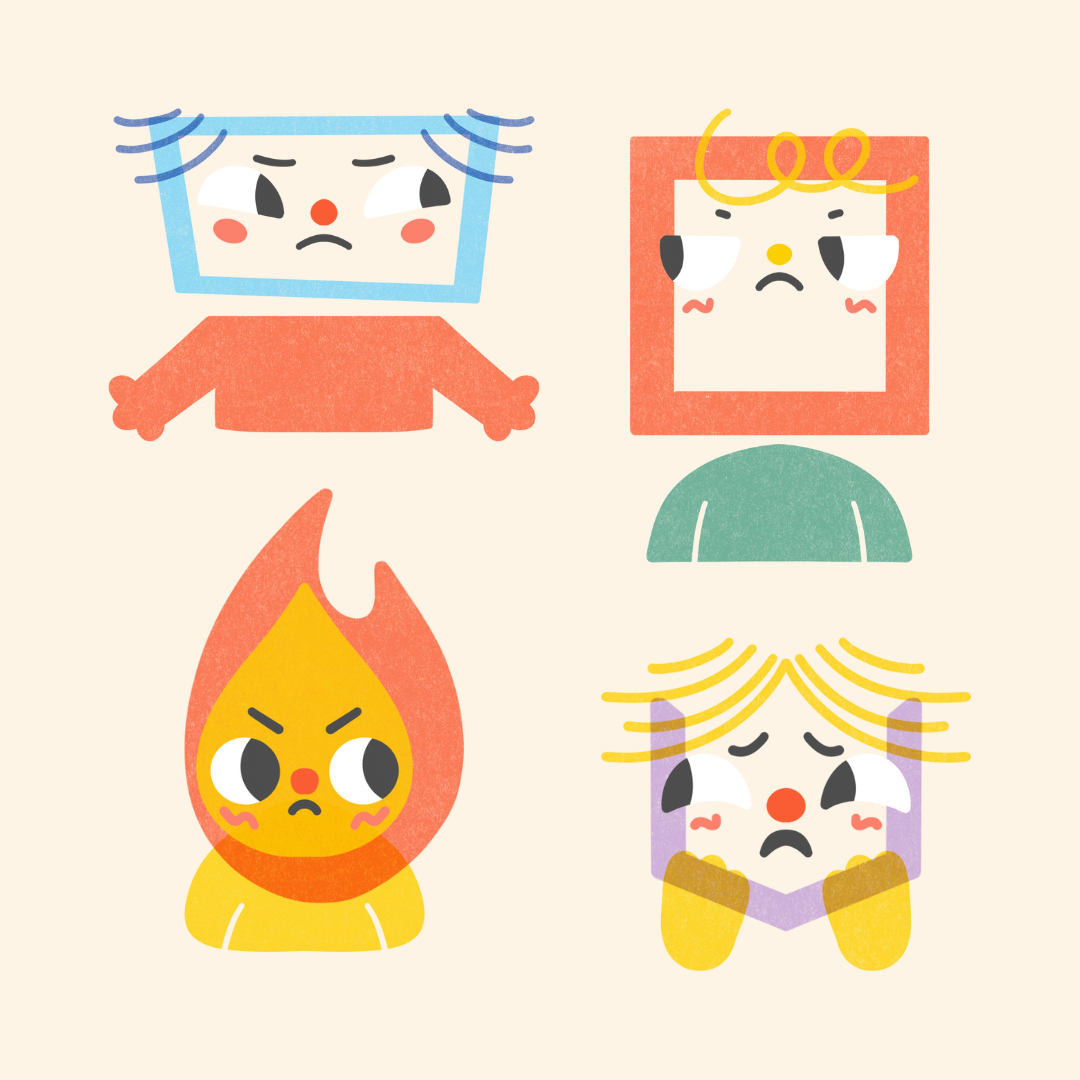
Play Therapy in Sligo – Supporting Children Through Anxiety, Grief & Behaviour
Healing Through Play
Accredited Play Therapist joins Dr. Mary O’Kane to tell us a little about the difference that Play Therapy can make in children’s lives.

What is Play Therapy & how can it help?
What is Play Therapy?
Play Therapy is specially designed for children aged 4 to 12, a time when it can be hard to put feelings into words.
After a meeting with the parents, your child starts one-to-one sessions with a trained Play Therapist.
Sessions take place in a playroom with carefully chosen toys and creative materials.
These toys aren’t just for fun—they help children safely express feelings and experiences.
How it Works
Children naturally communicate through play.
While playing, with gentle support from the therapist, and in collaboration with the parents / caregivers your child can:
Show their worries, fears, anger, or sadness.
Explore feelings that may be confusing or overwhelming.
By doing this, children begin to understand their feelings better.
Benefits for Your Child
Helps to reduce the intensity of difficult feelings.
Can lead to positive changes over time in:
How your child feels.
How they behave.
How they relate to other people.
Parents often notice improvements in behaviours such as:
Anger and aggression.
Withdrawal or “shutting down”.
Anxiety or worry.
What Play Therapy Is (and Isn’t)
It is not about “fixing” your child.
It is about:
Giving them space and understanding.
Providing a safe space to cope and express themselves.
Supporting their growth and wellbeing through difficult times.

-

Emotional Regulation:
Teaches coping strategies and emotional literacy to help children understand and manage their feelings more effectively
-

Behavioural Issues:
Addresses problem behaviours such as aggression, anger management issues, and difficulties in school settings.
-

Anxiety & low mood:
Helps children articulate feelings of anxiety or sadness that they may struggle to express verbally.
-

Loss and Grief:
Helps children navigate feelings associated with loss or bereavement, offering them tools to cope with their emotions.

-

Social Skills Development:
Enhances interpersonal skills by providing opportunities for children to practice relationships in a controlled setting.
-

Family Dynamics:
Supports children dealing with family changes such as divorce, separation, or the death of a loved one.
-

Trauma and Abuse:
Assists children who have experienced physical, emotional, or sexual abuse, helping them process their trauma in a safe environment.
-

Bullying:
Provides a platform for children to express experiences related to bullying—both as victims and perpetrators—allowing them to explore these dynamics through role play.

